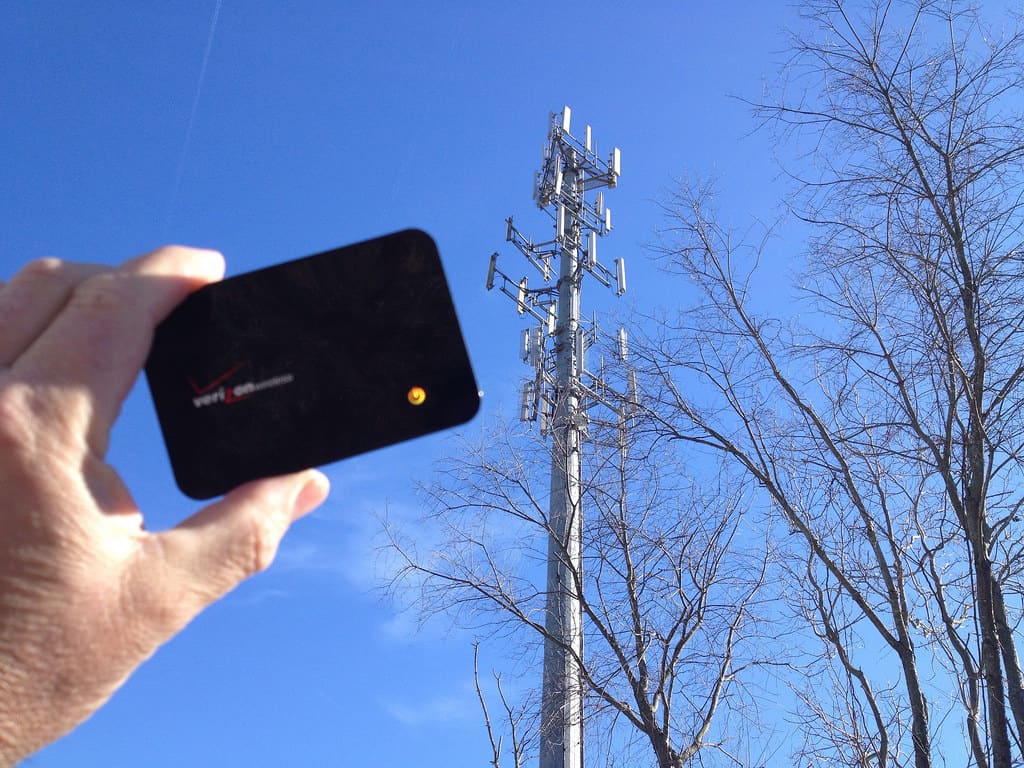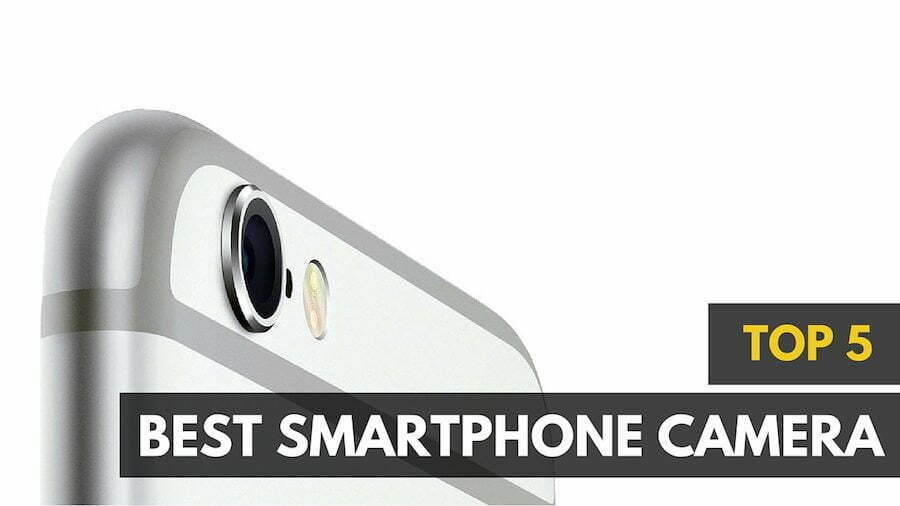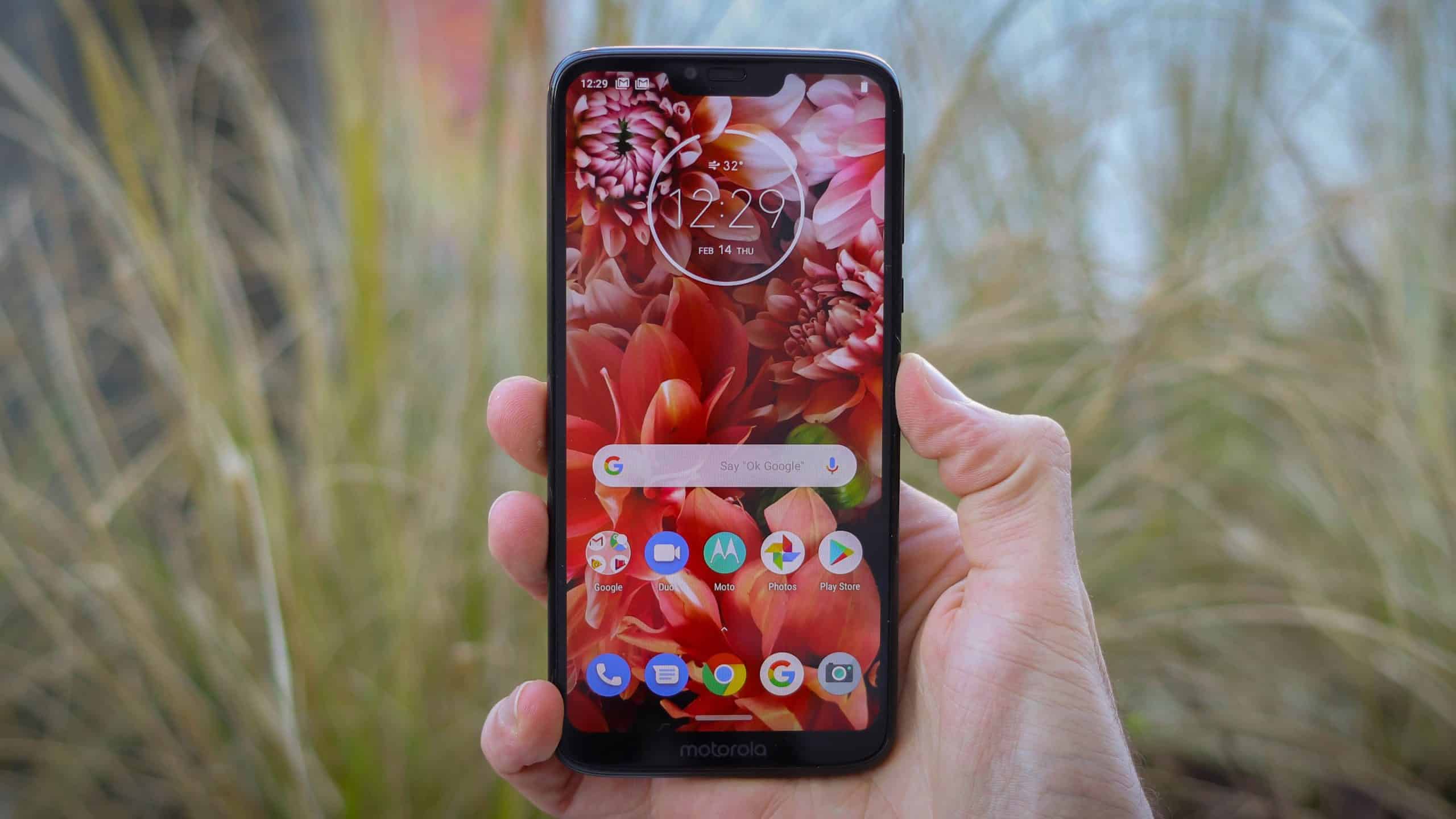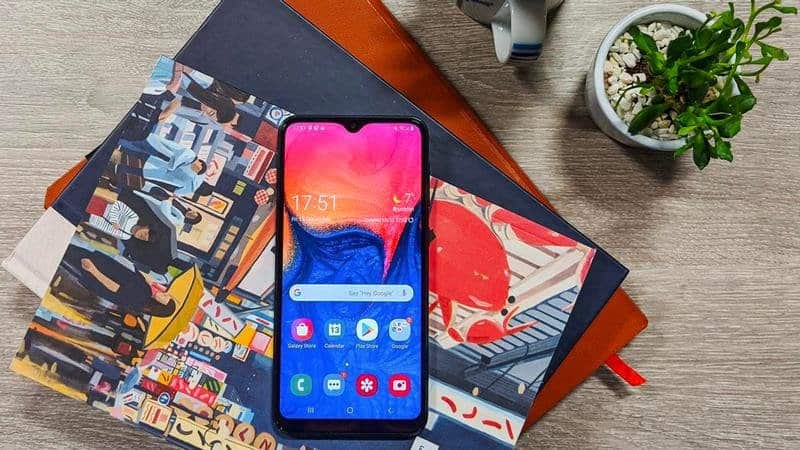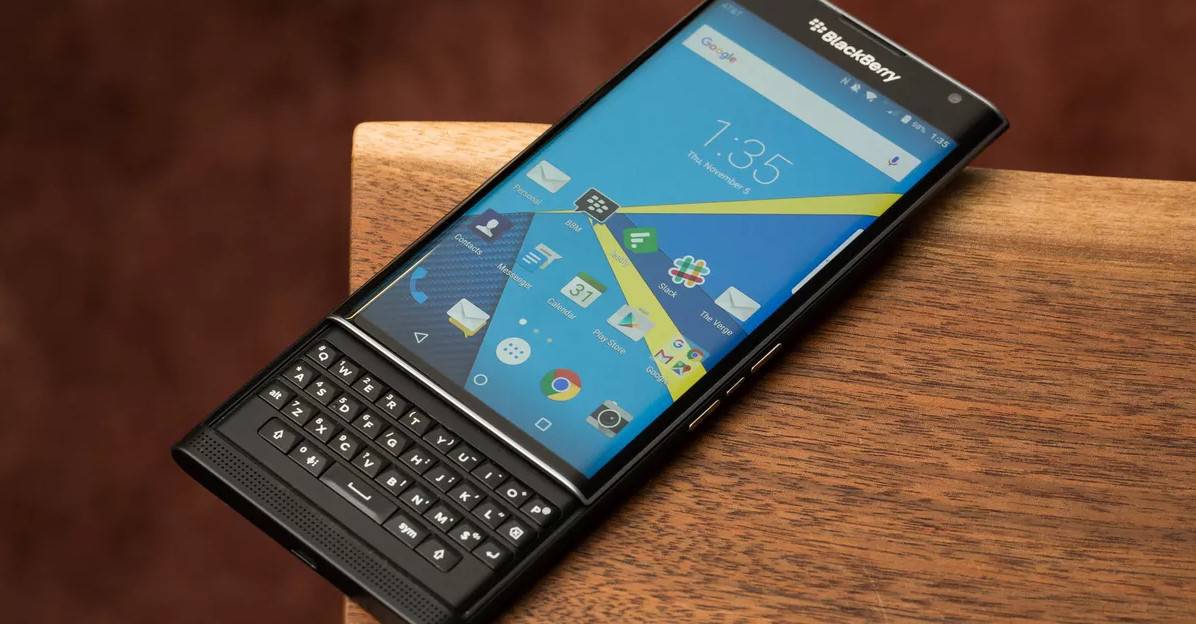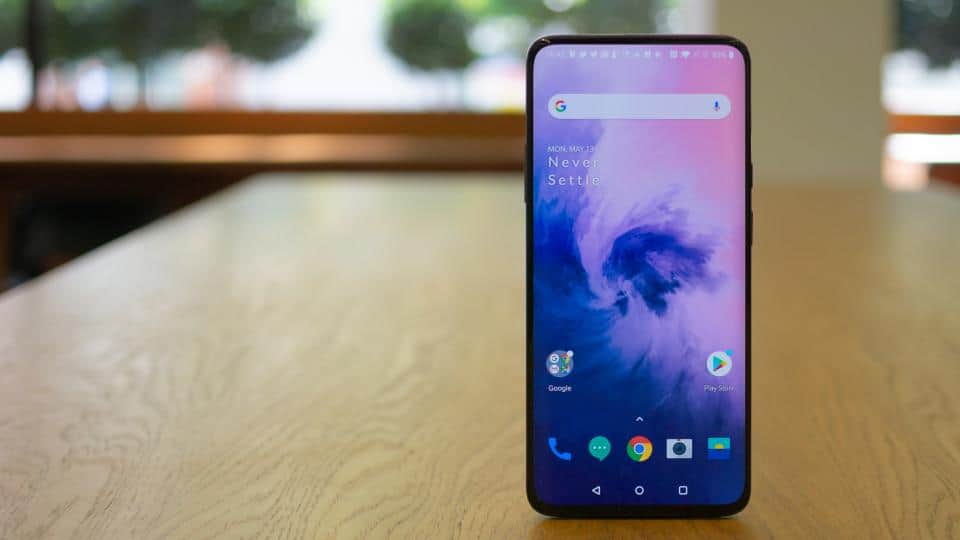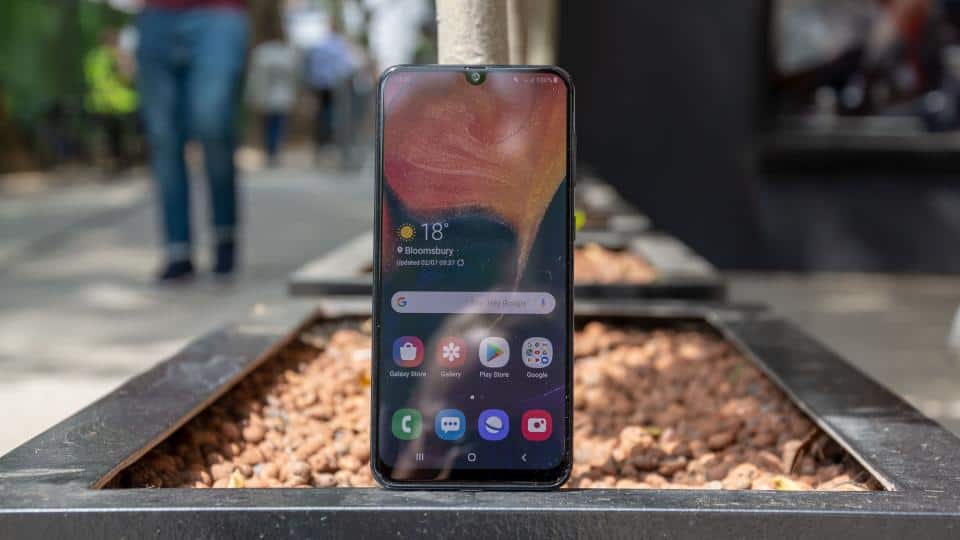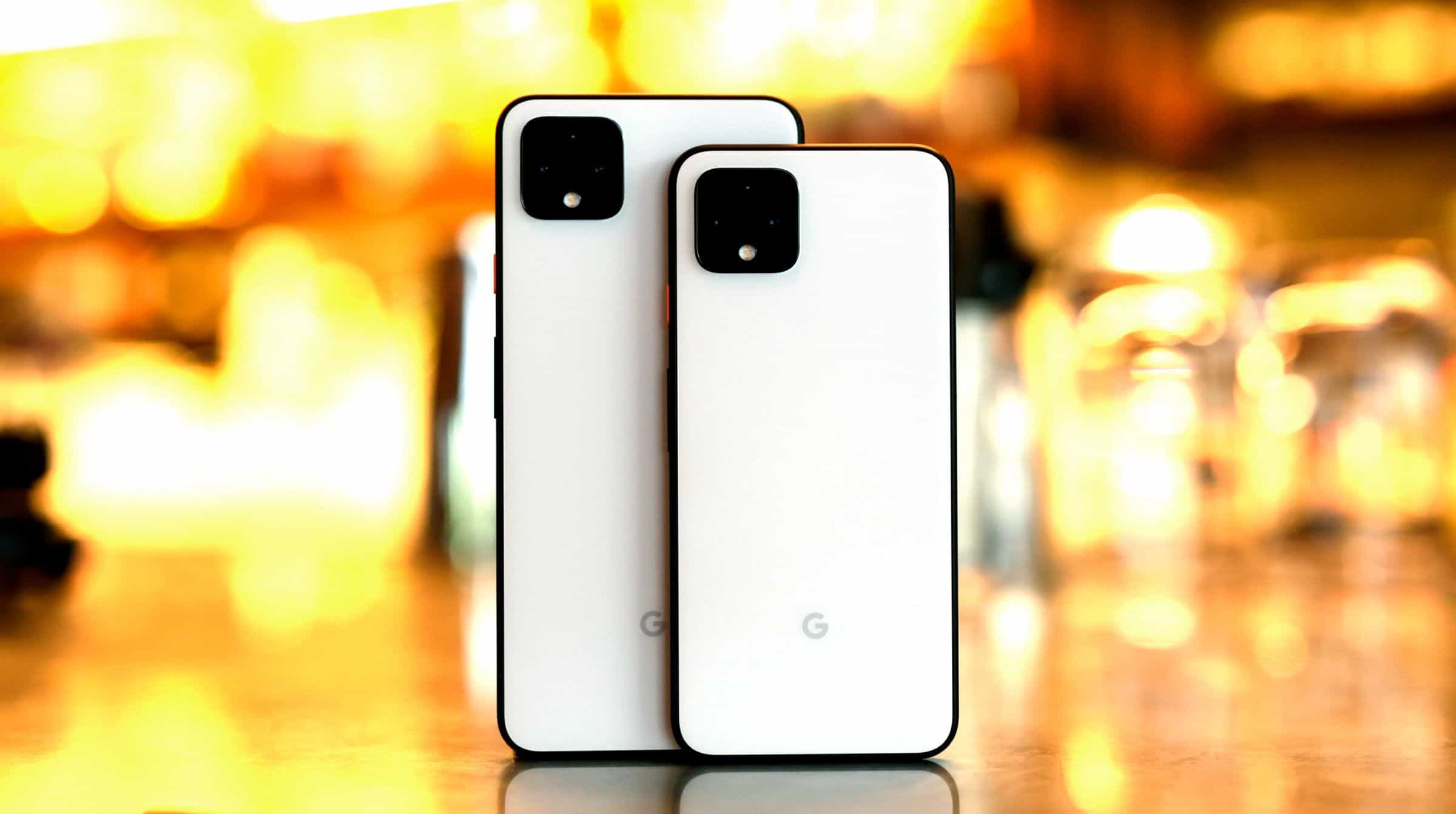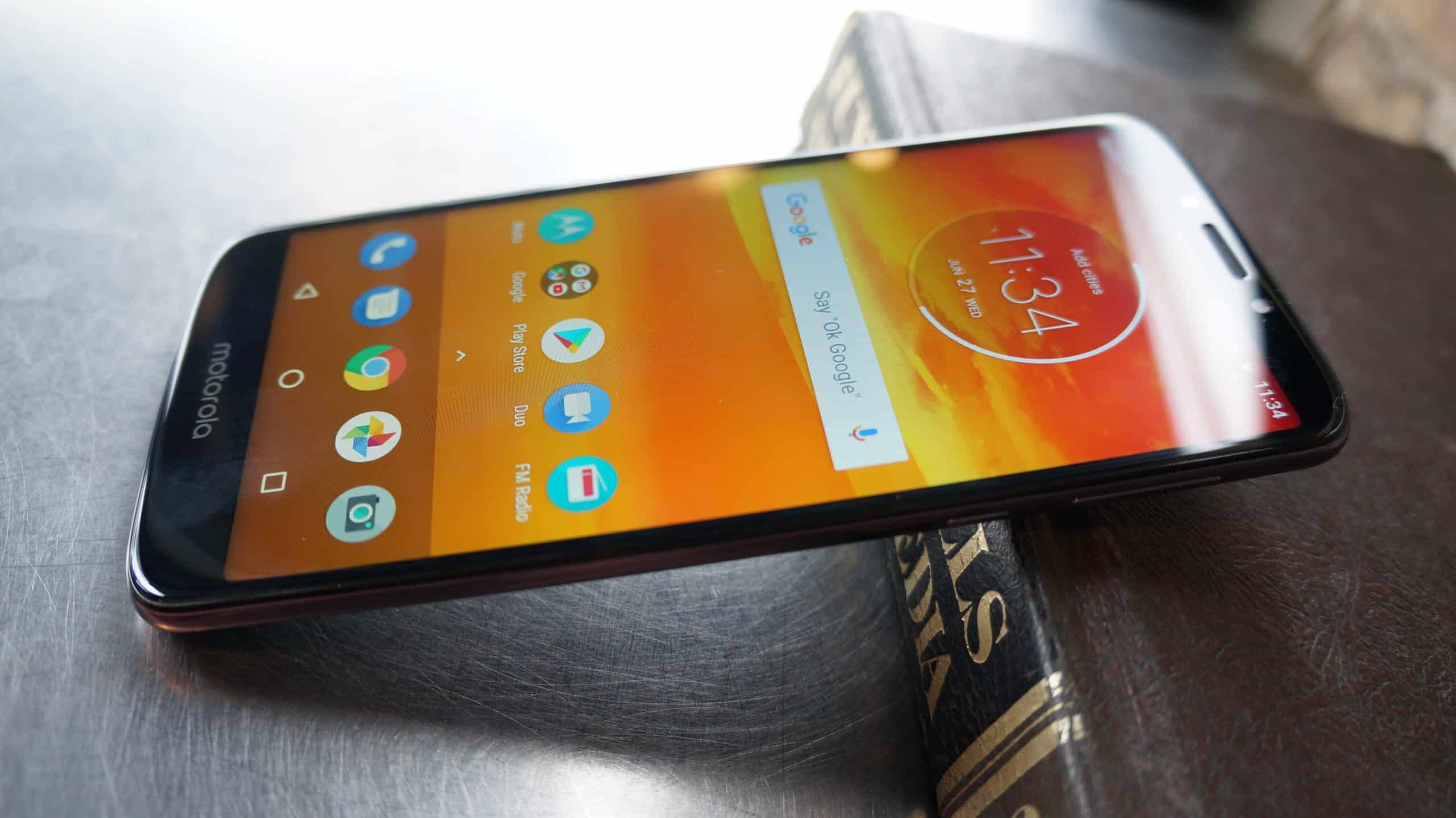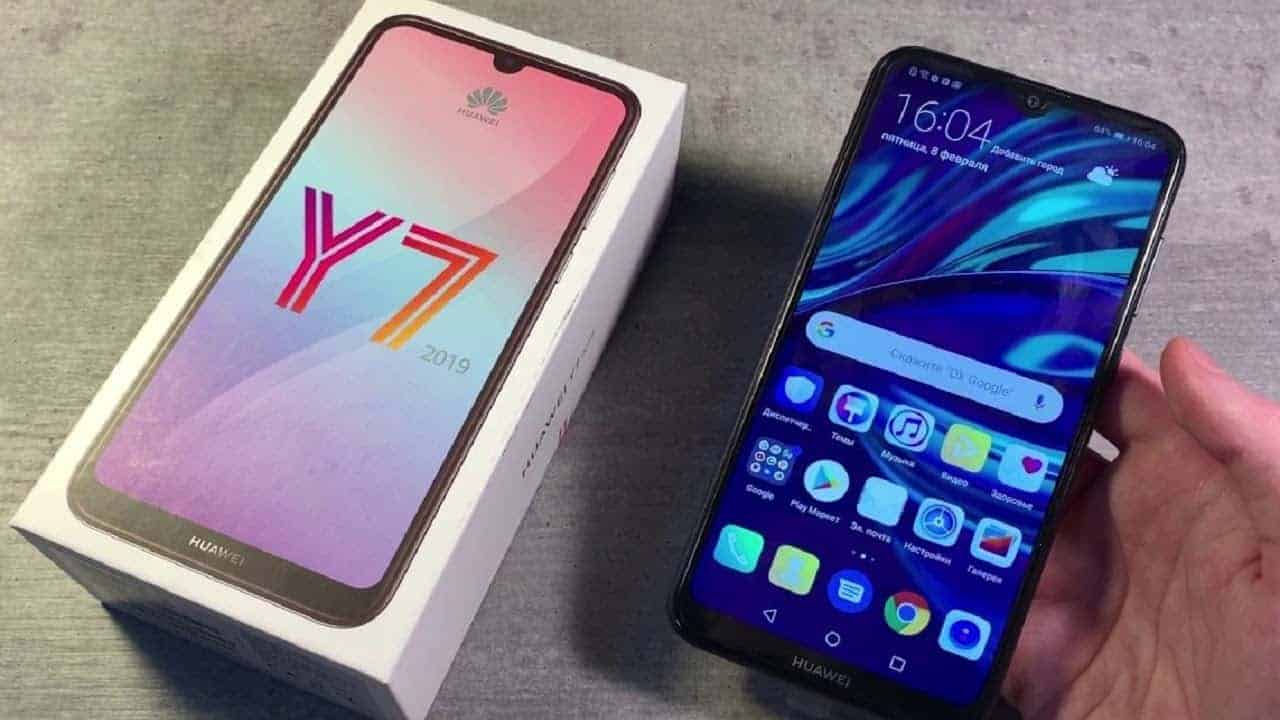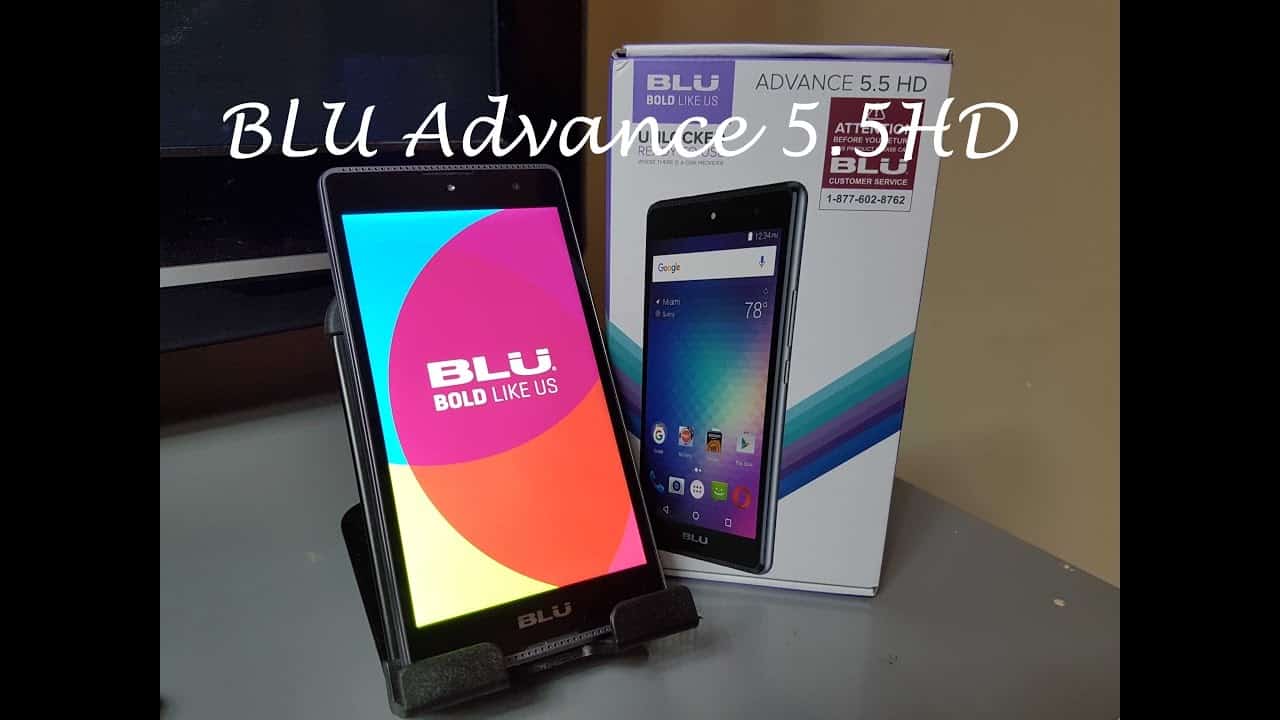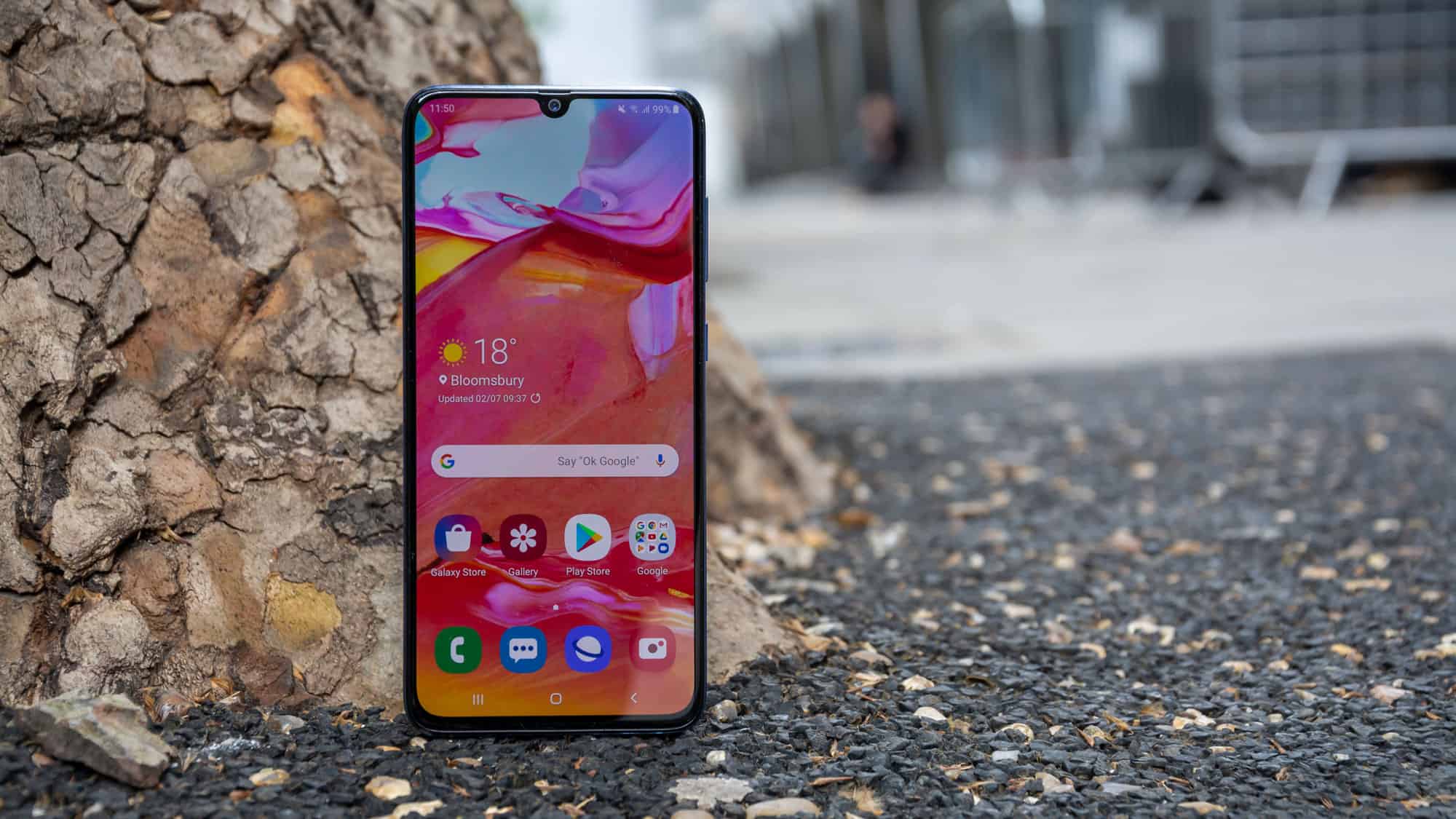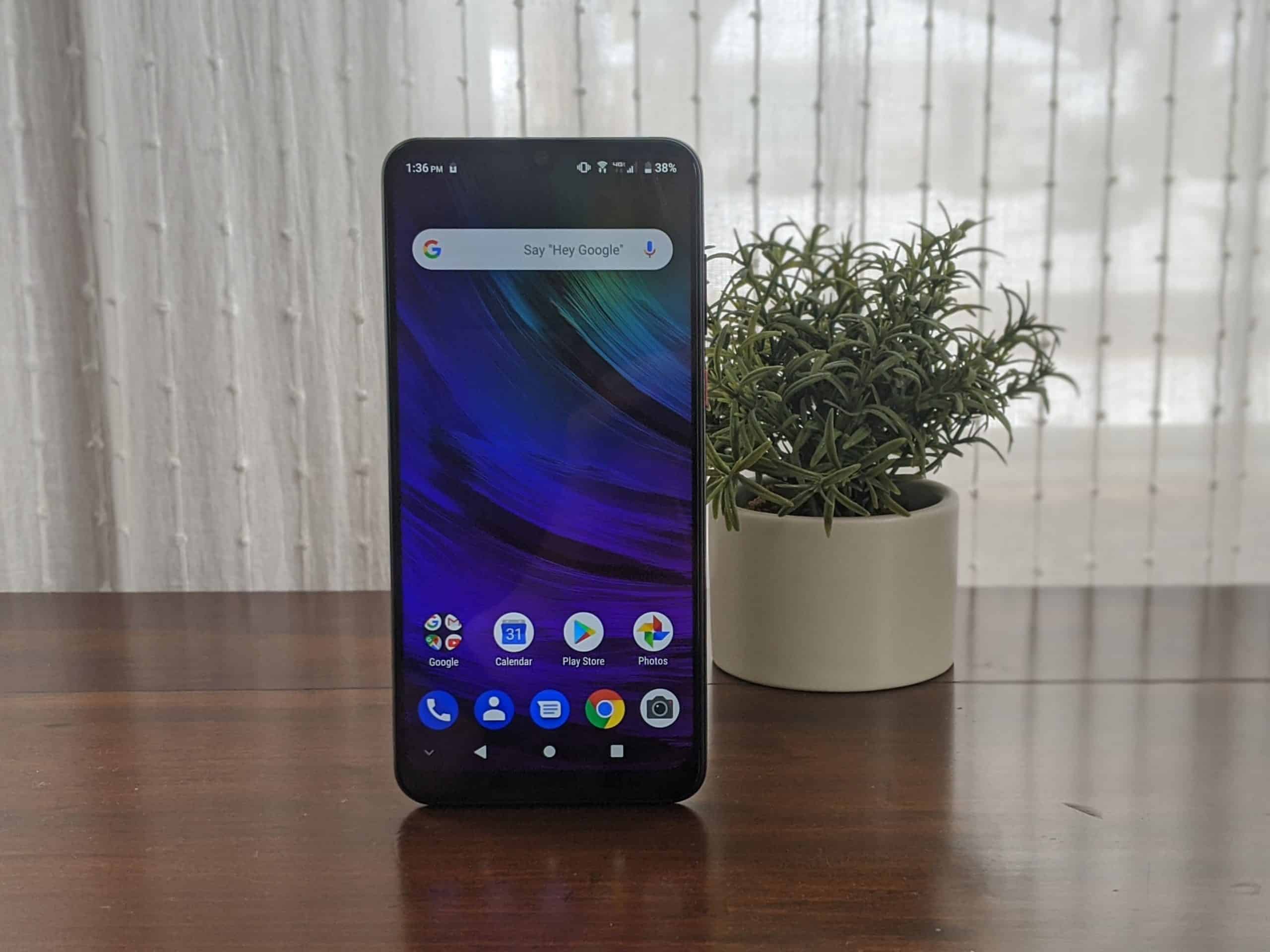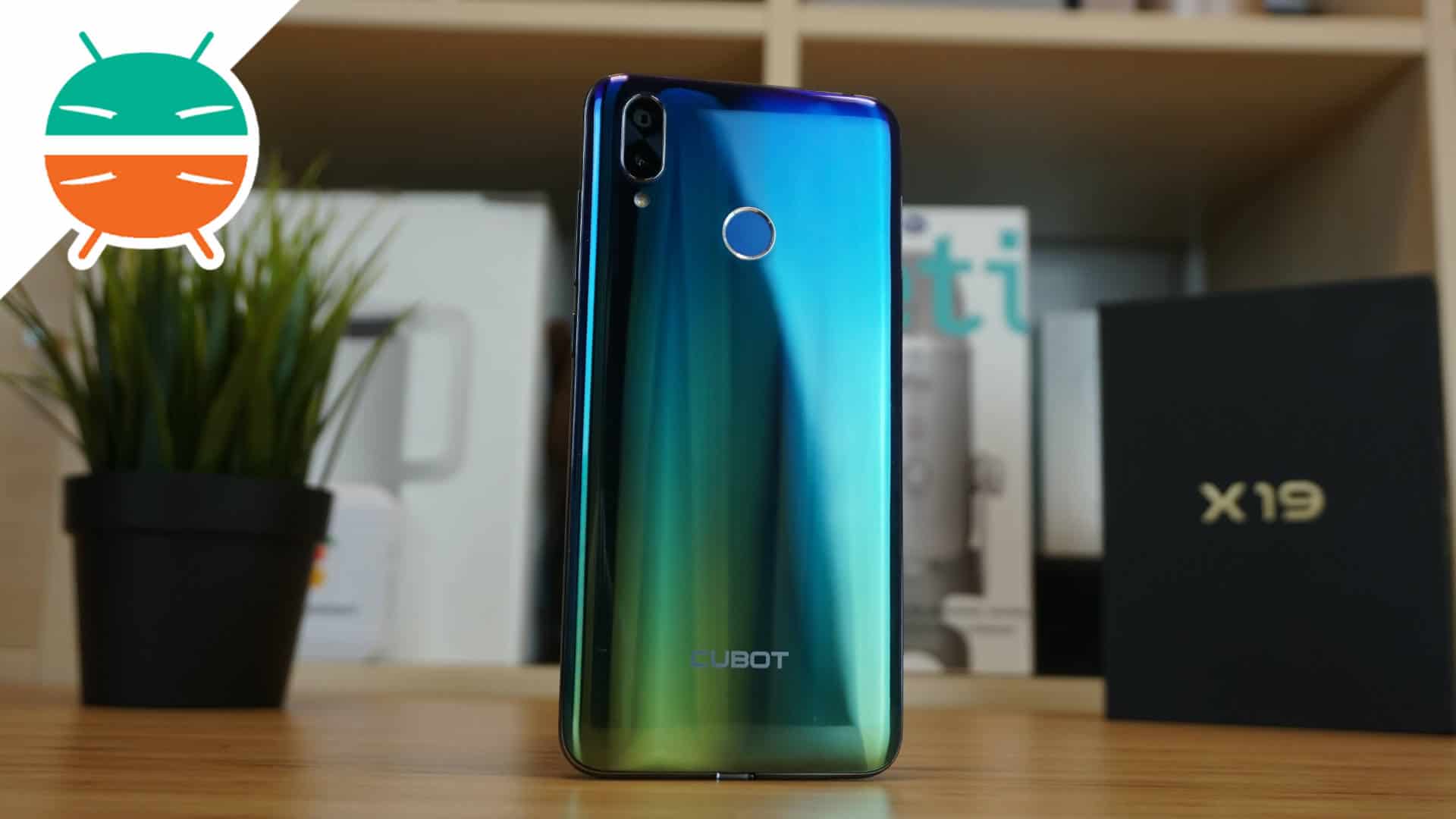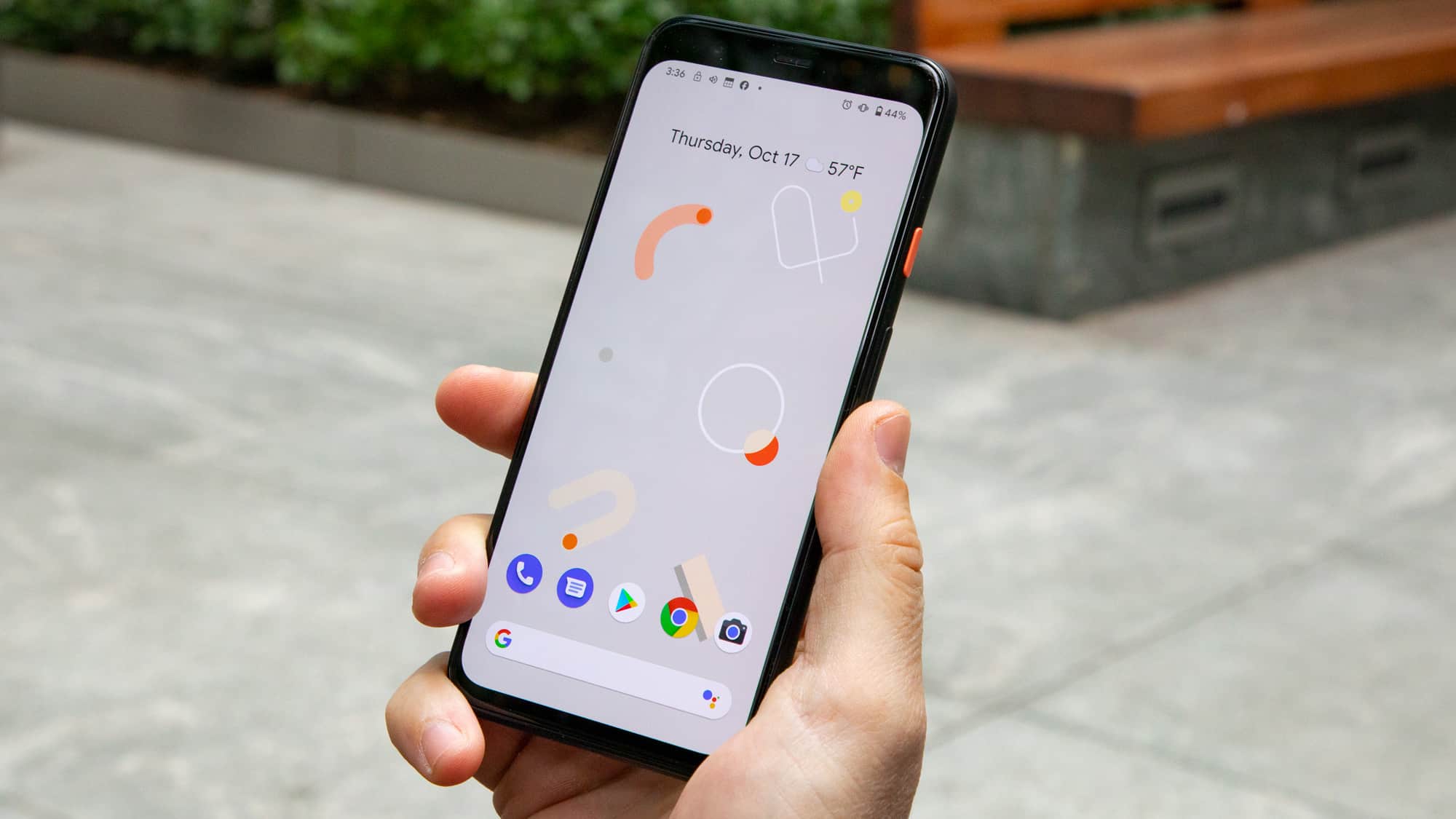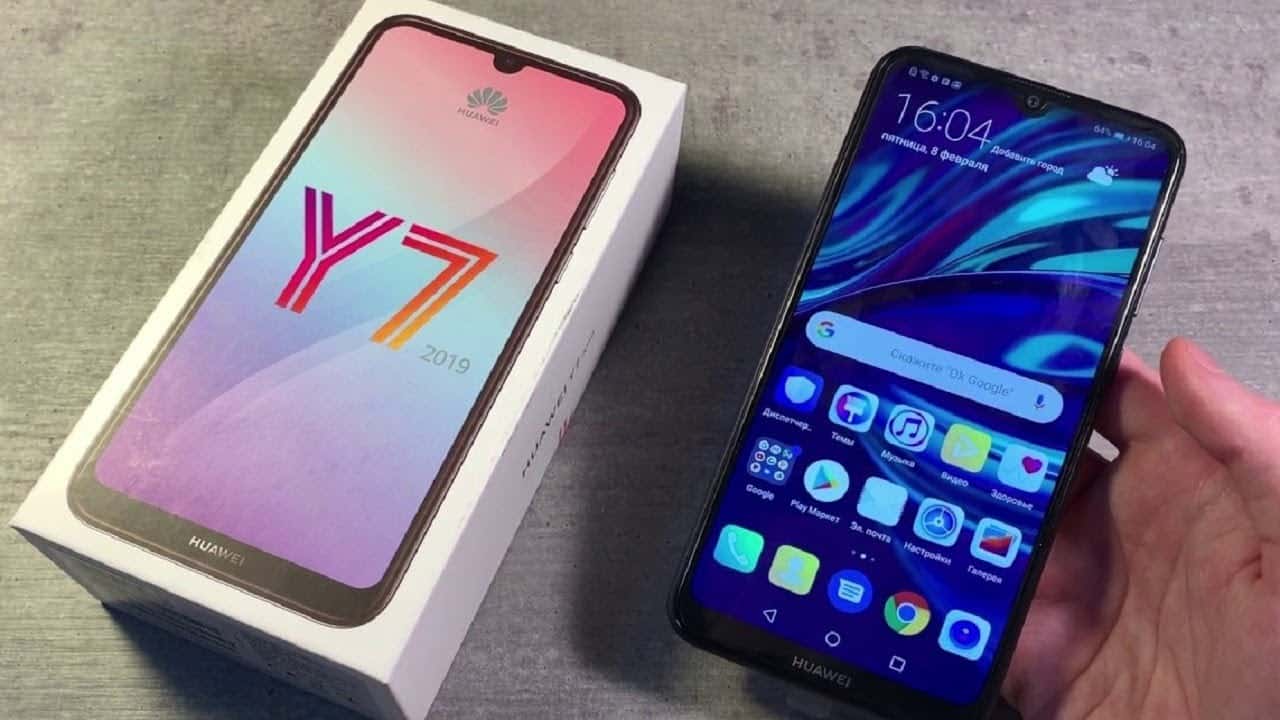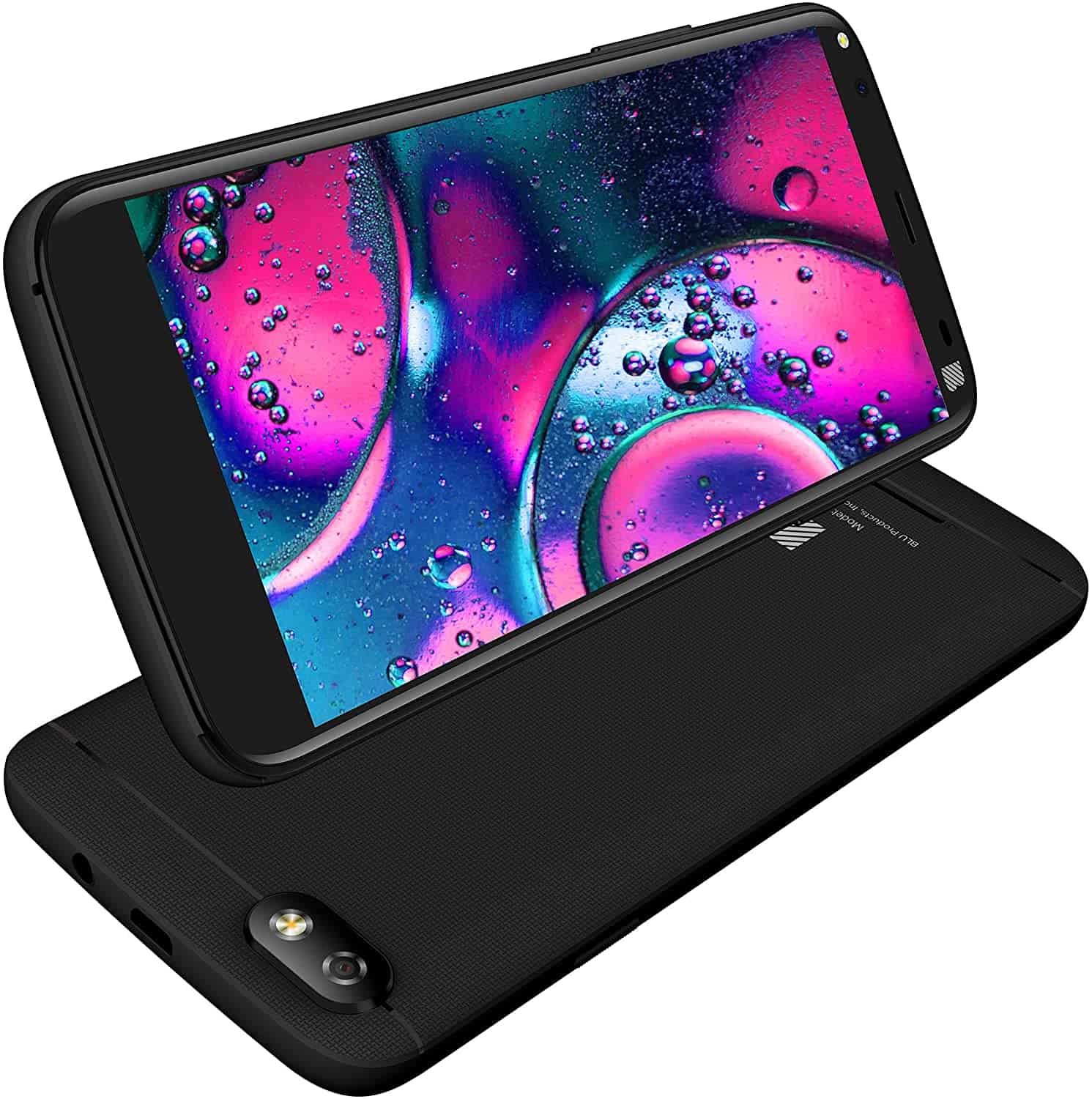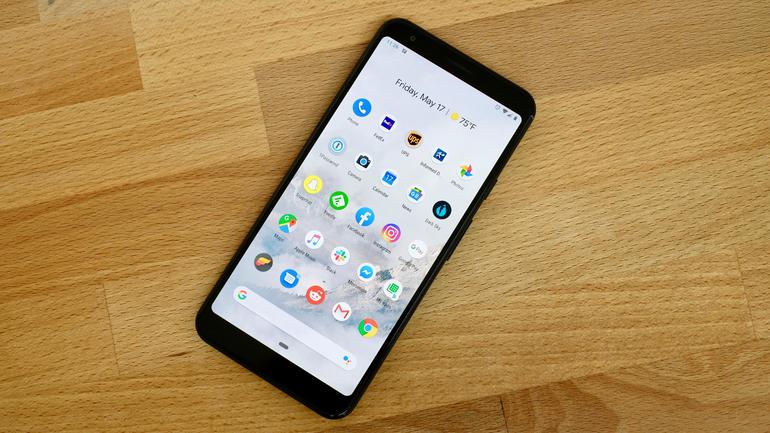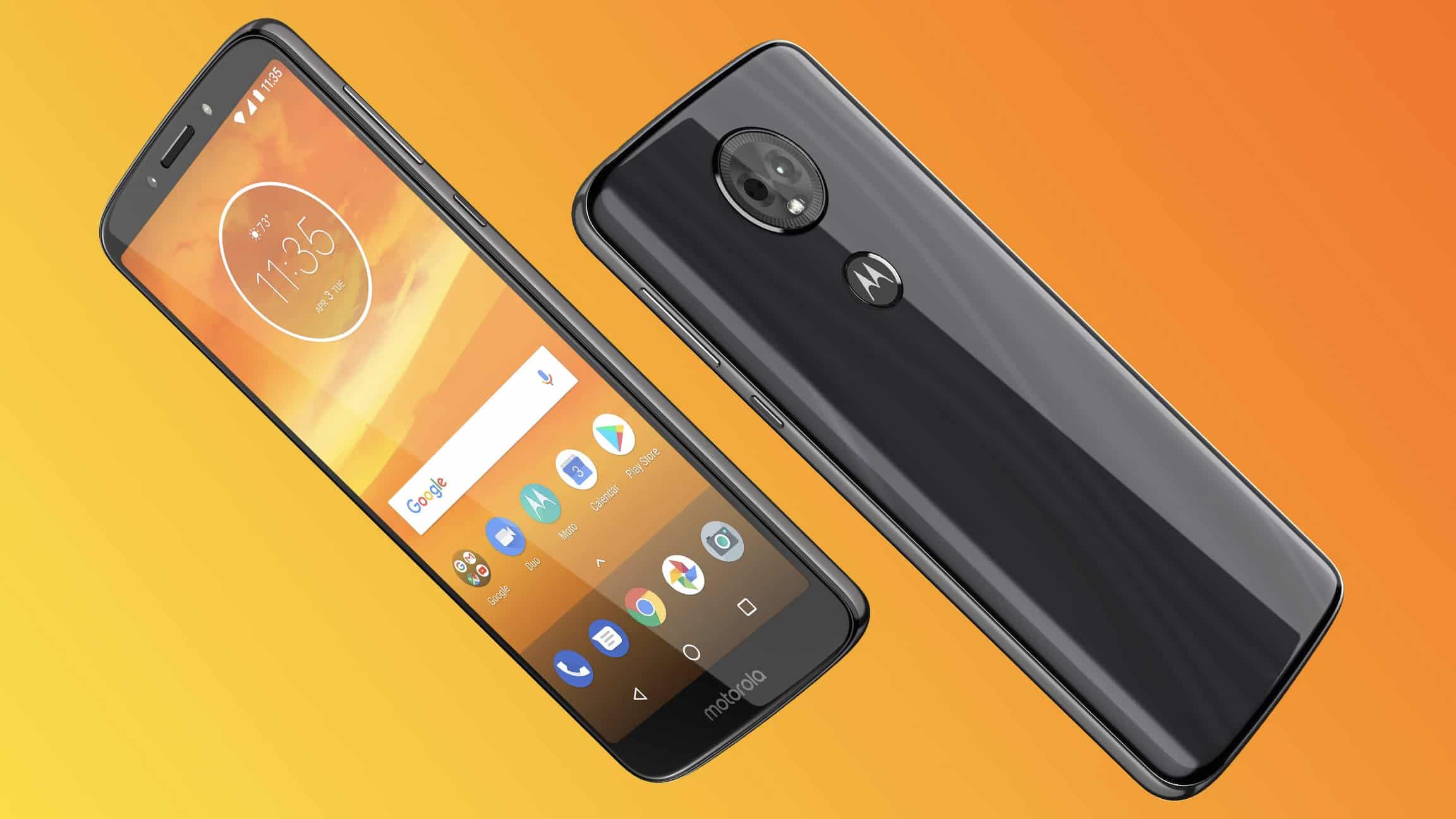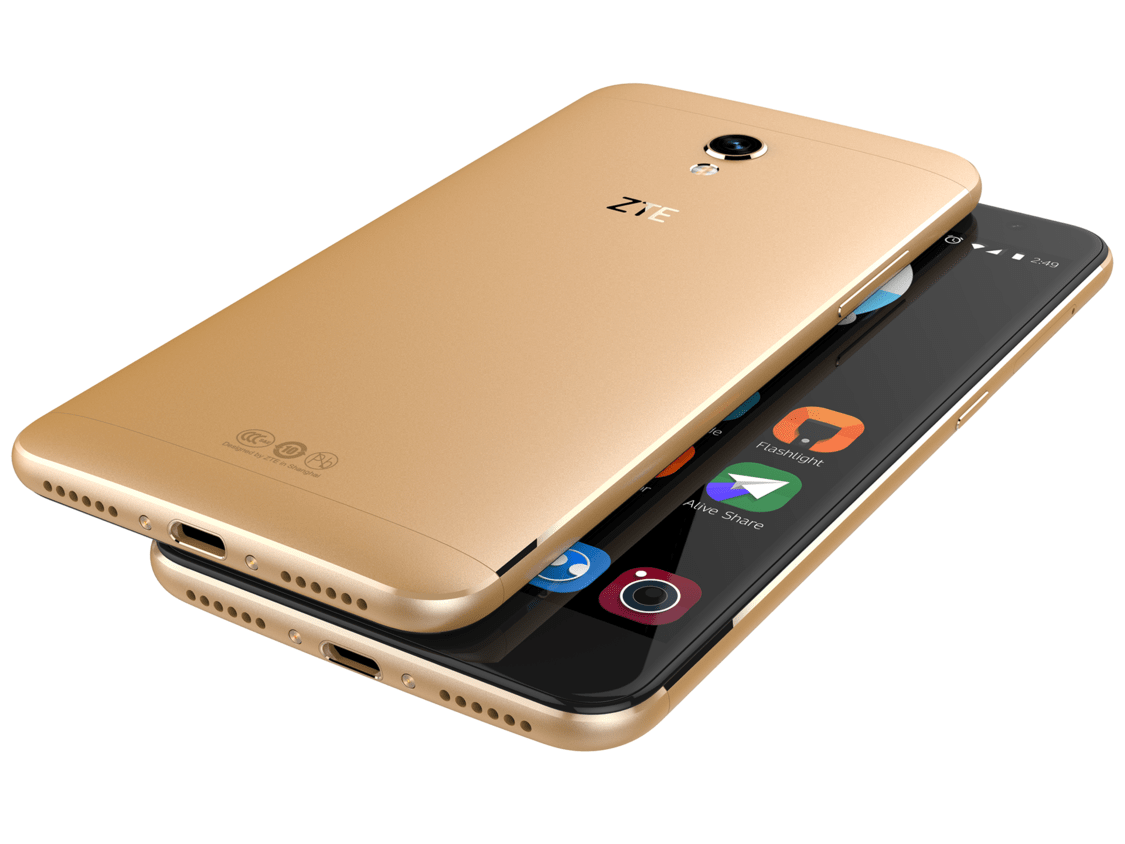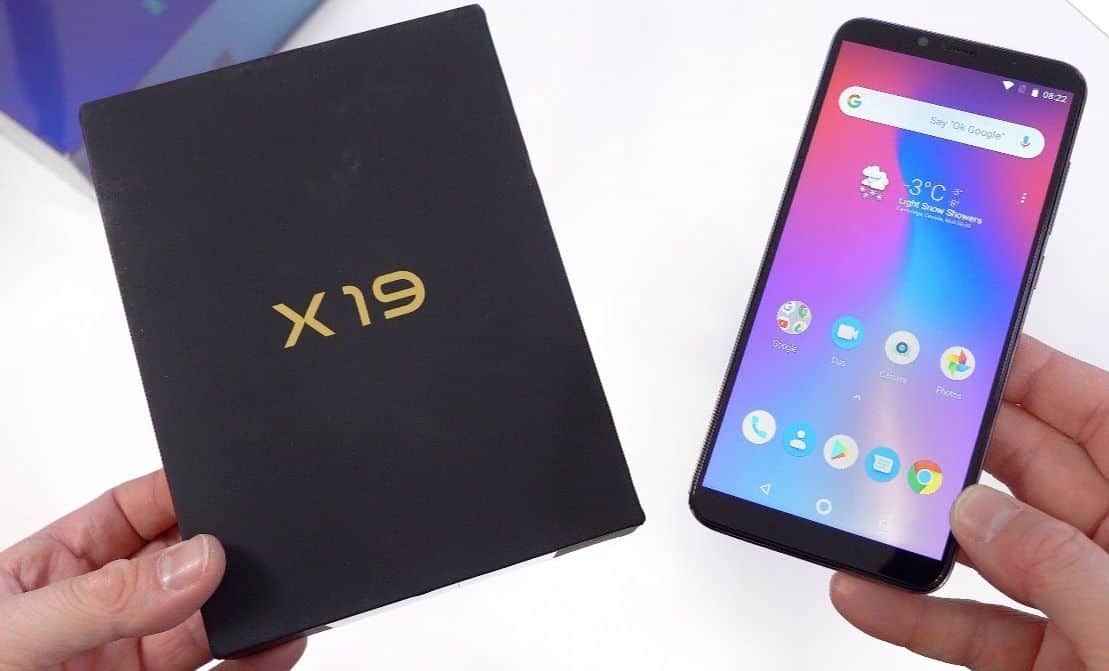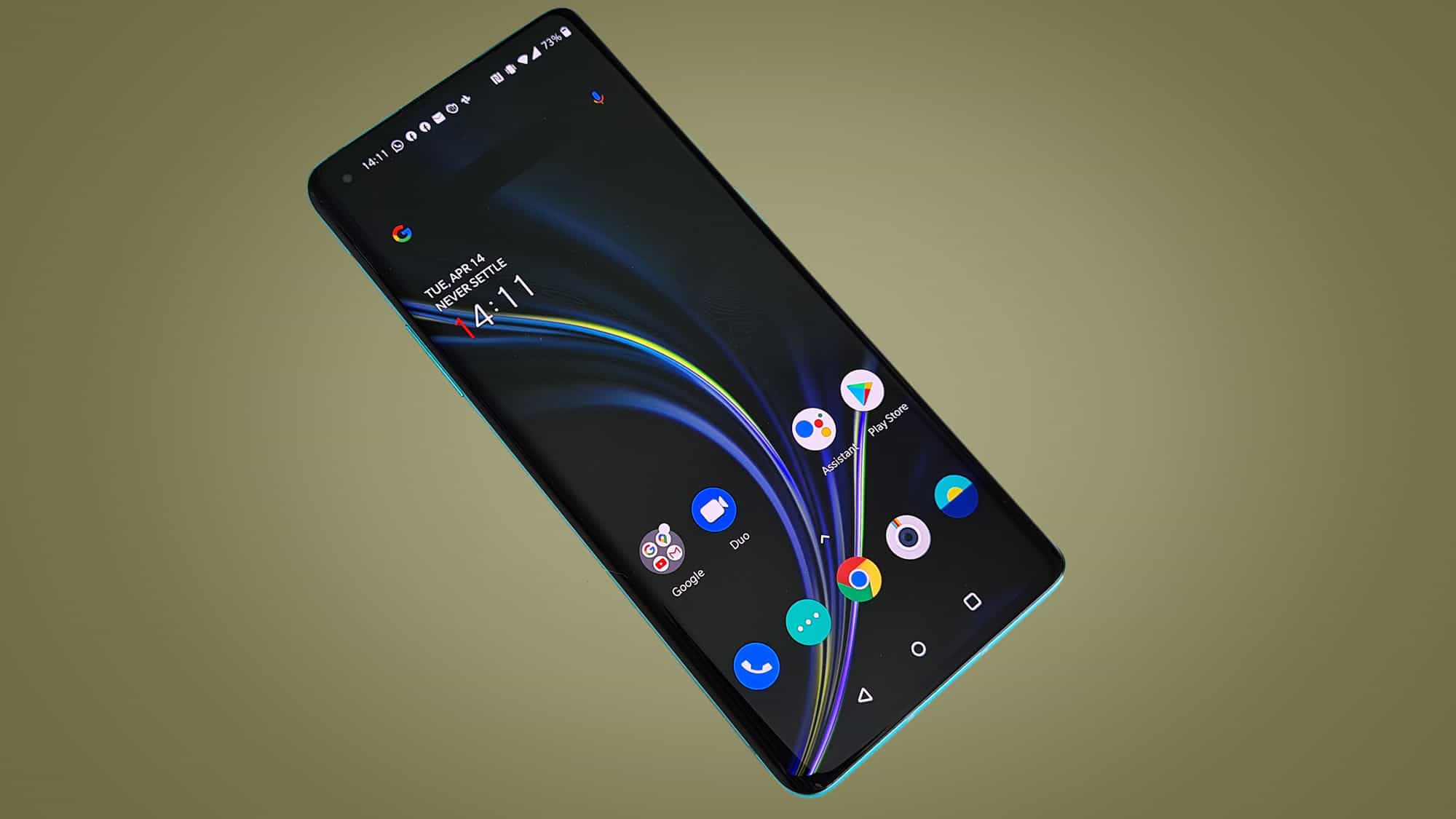Your Android phone not only makes phone calls and surfs the Web, but its SD card makes it a handy storage device for your work files. If you regularly use an Android phone, you might also want to read our article about how to upgrade to Android 4.0.
If your Android phone has an SD card, your computer views the whole thing as a big, expensive thumb drive.
OK, so what?
You can then work on some of your files with another computer or use your phone’s apps to edit some files when you’re far away from your computer. Not only is this handy and functional, but there’s a definite cool factor when you plug your phone into your laptop while working in a coffee shop.
Here’s how to hook your Android phone to your computer
- Plug your Android device into your computer’s USB port. Most Android phones ship with a cable that will make this connection.
- Select “Mass Storage” when the dialog box pops up on your Android device. If you want to go through this process every time (which is recommended), select “Always Ask.”
- Click Done.
- Look at the next popup dialog box on your Android. It will ask if you want to turn on your USB storage. Click OK.
- Mount your Android device on your computer when prompted. On most operating systems this will happen automatically. Your device may be called “SD card” on your computer, but that varies with the operating system.
Now that you have your physical connection, what are you going to do with it?
- Open a file manager on your computer and locate your Android device.
- Create a new directory on your device and name it. This will be the home directory on your phone.
- Create, edit and save files to the home directory you just created on your phone.
Shutting down isn’t difficult, but it’s easy to mess things up and lose data. Here’s how to unhook your Android phone safely:
- Save and close all new files when you are done.
- Open a file manager, right-click on “SD card” and select Eject to unmount. Wait for the popup box telling you it is safe before unplugging the phone.
Taking this further:
If you work with plain .txt files, you can use a text editor to write and edit directly on your phone and bypass the computer. This is handy if inspiration strikes you when you’re away from the computer.
Your battery will charge when you are using the Android device as a USB drive. Enjoy this side benefit.
Apps that are installed to the phone’s SD card can not be accessed when it’s plugged into the computer, but you will still be able to make phone calls and send text messages.
If you like to move around when talking on the phone, buy an extra-long USB-to-phone cable or an extension. You don’t need the cable falling out of your phone while you’re using it.
Warnings:
Do not unplug your phone without unmounting it first. This will corrupt any files and directories you’re working on.
Stay out of any other directories on your phone unless you know what you’re doing. You could render the phone inoperable.
Using your SD card in this way may shorten its life, so back up all your phone files to your computer hard drive.

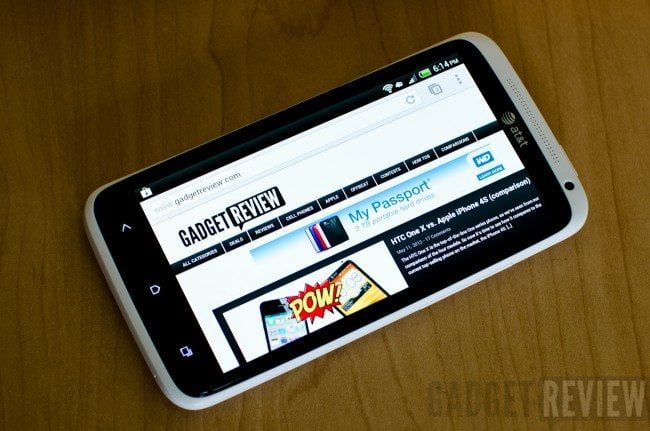

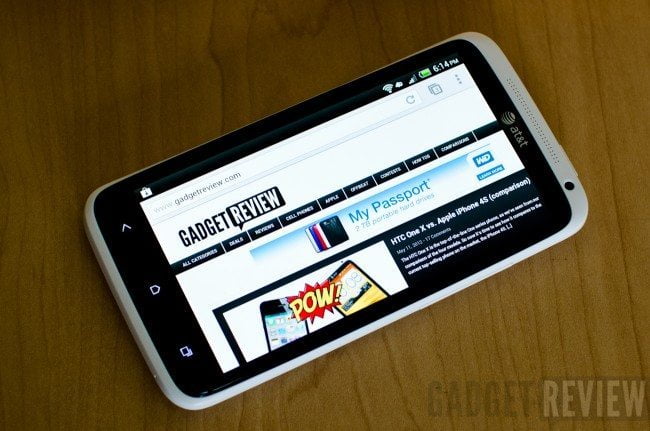












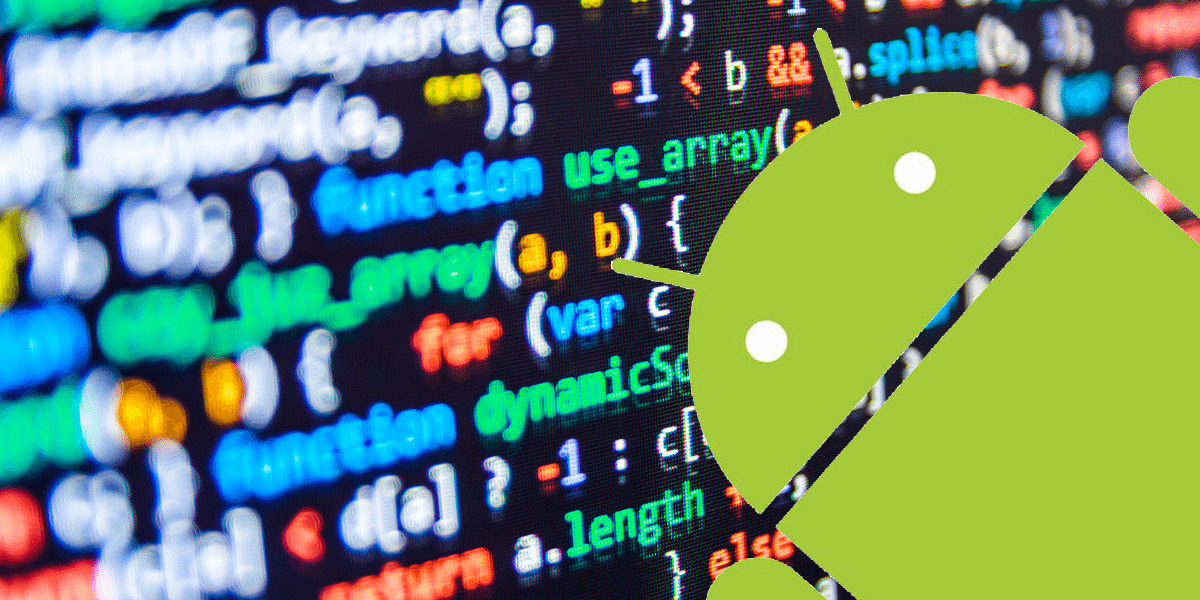

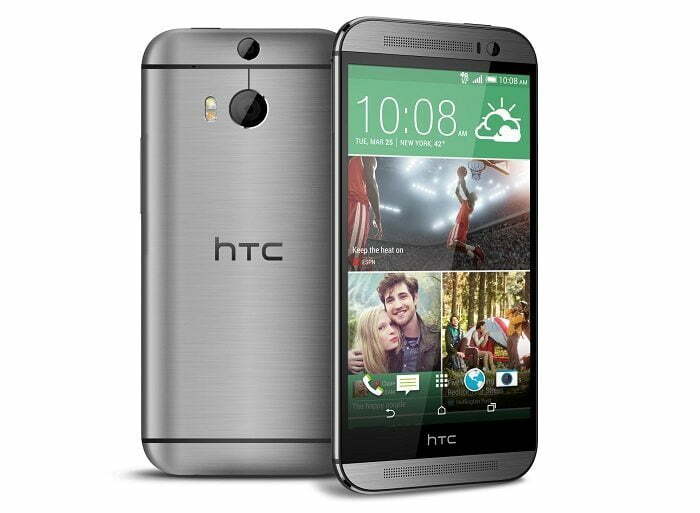
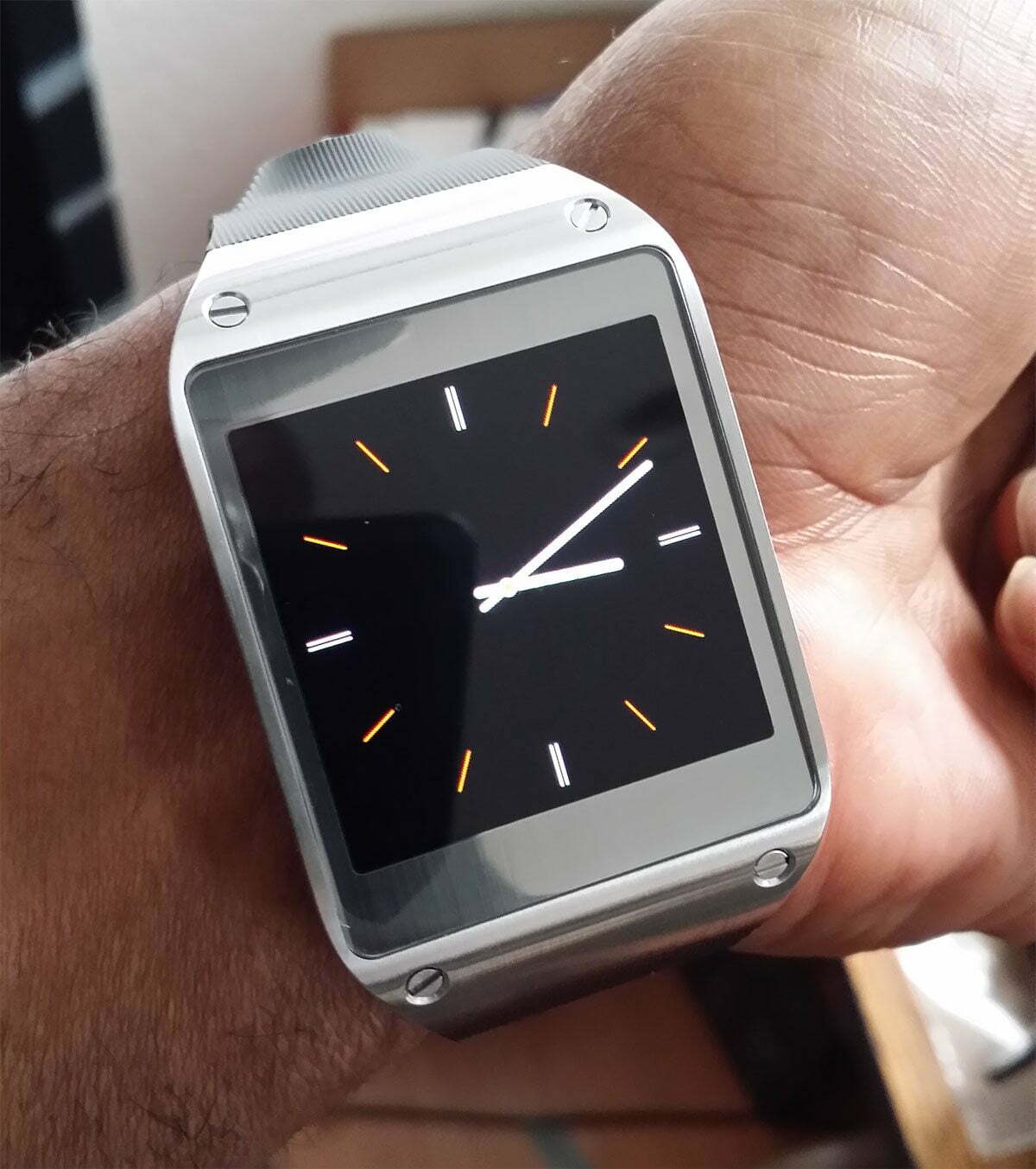
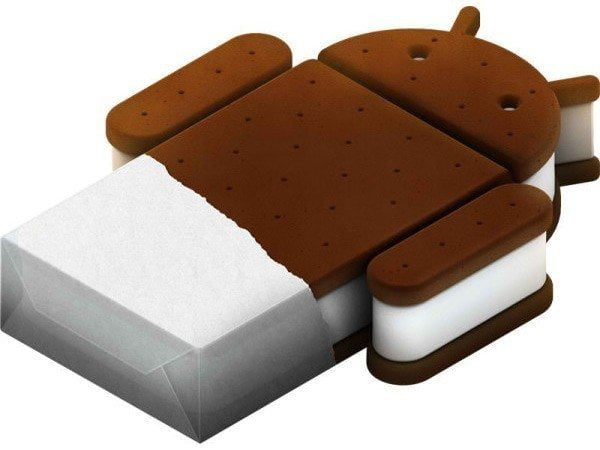
![Best Android Phone in [year] ([month] Reviews) 13 Best Android Phone in 2025 (December Reviews)](https://www.gadgetreview.dev/wp-content/uploads/best-android-phone-image.jpg)
![Best Credit Cards with Cell Phone Insurance in [year] 14 Best Credit Cards with Cell Phone Insurance in 2025](https://www.gadgetreview.dev/wp-content/uploads/best-credit-cards-with-cell-phone-insurance-image-1.jpg)
![Best Smartphone in [year] ([month] Reviews) 15 Best Smartphone in 2025 (December Reviews)](https://www.gadgetreview.dev/wp-content/uploads/MagCase-Is-The-Worlds-Thinnest-Phone-Case-1.jpg)
![10 Best Rugged Smartphones in [year] 16 10 Best Rugged Smartphones in 2025](https://www.gadgetreview.dev/wp-content/uploads/best-rugged-smartphone.jpg)
![10 Most Secure Phones in [year] 17 10 Most Secure Phones in 2025](https://www.gadgetreview.dev/wp-content/uploads/Most-Secure-Phone.jpg)
![10 Best Selfie Camera Phones in [year] 18 10 Best Selfie Camera Phones in 2025](https://www.gadgetreview.dev/wp-content/uploads/best-selfie-camera-phone.jpg)
![10 Best Dual SIM Phones in [year] 19 10 Best Dual SIM Phones in 2025](https://www.gadgetreview.dev/wp-content/uploads/best-dual-sim-phone.jpg)
![10 Best Small Phones in [year] 20 10 Best Small Phones in 2025](https://www.gadgetreview.dev/wp-content/uploads/best-small-phones.jpg)
![10 Best Low Light Camera Phones in [year] 21 10 Best Low Light Camera Phones in 2025](https://www.gadgetreview.dev/wp-content/uploads/best-low-light-camera-phone.jpeg)
![10 Best Large Screen Phones in [year] 22 10 Best Large Screen Phones in 2025](https://www.gadgetreview.dev/wp-content/uploads/best-large-screen-phone.jpg)
